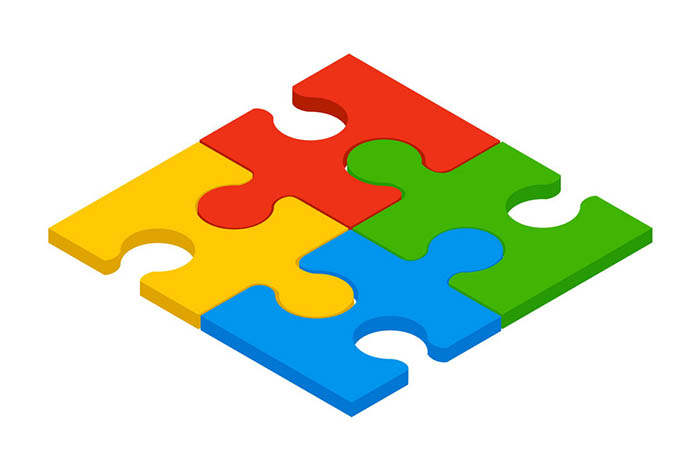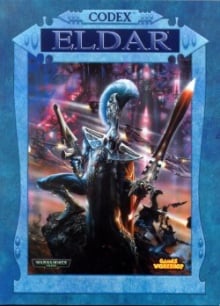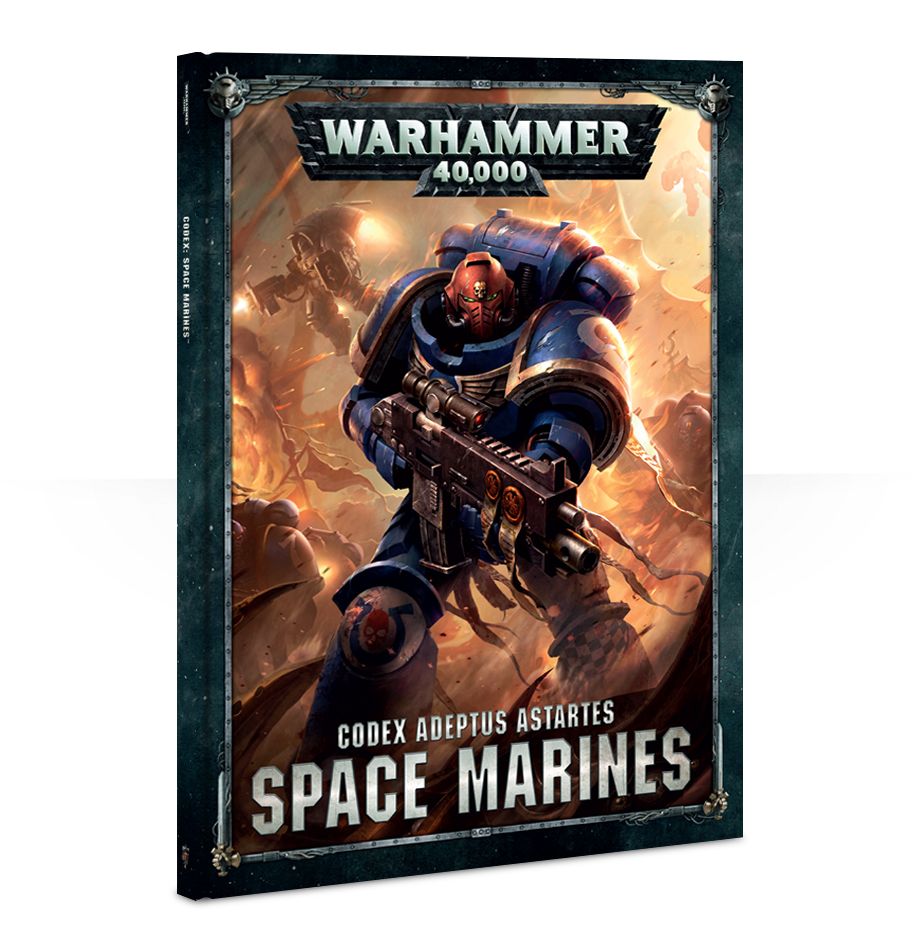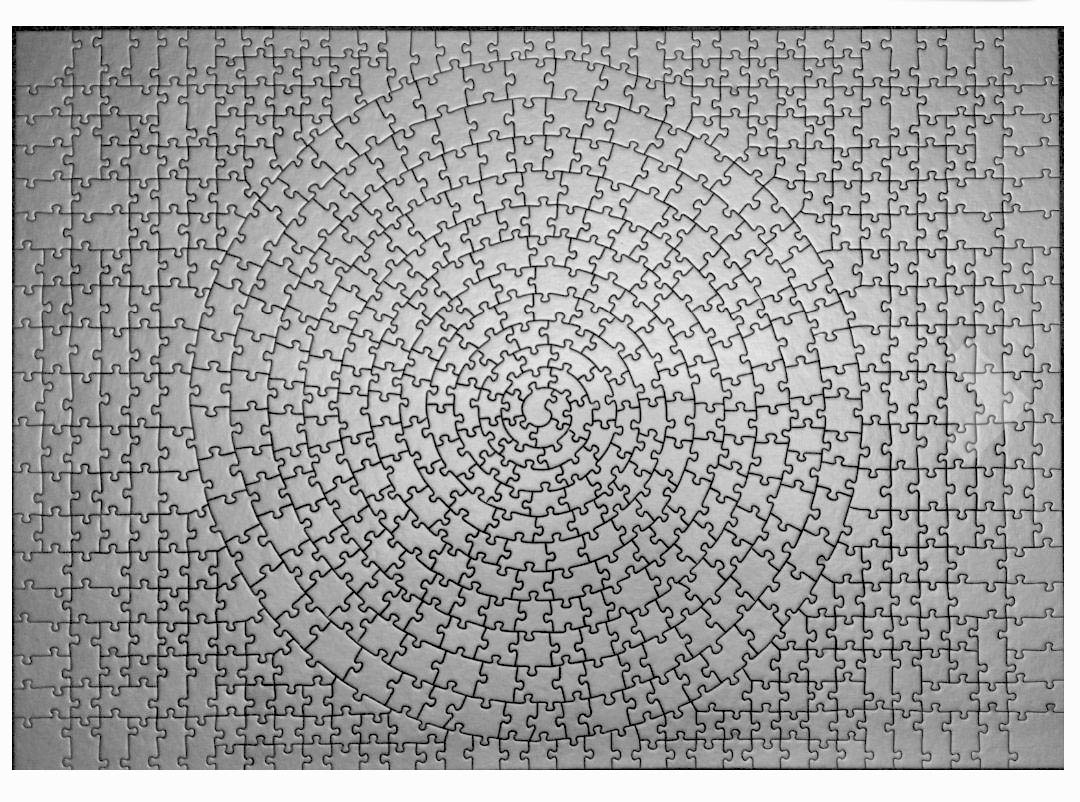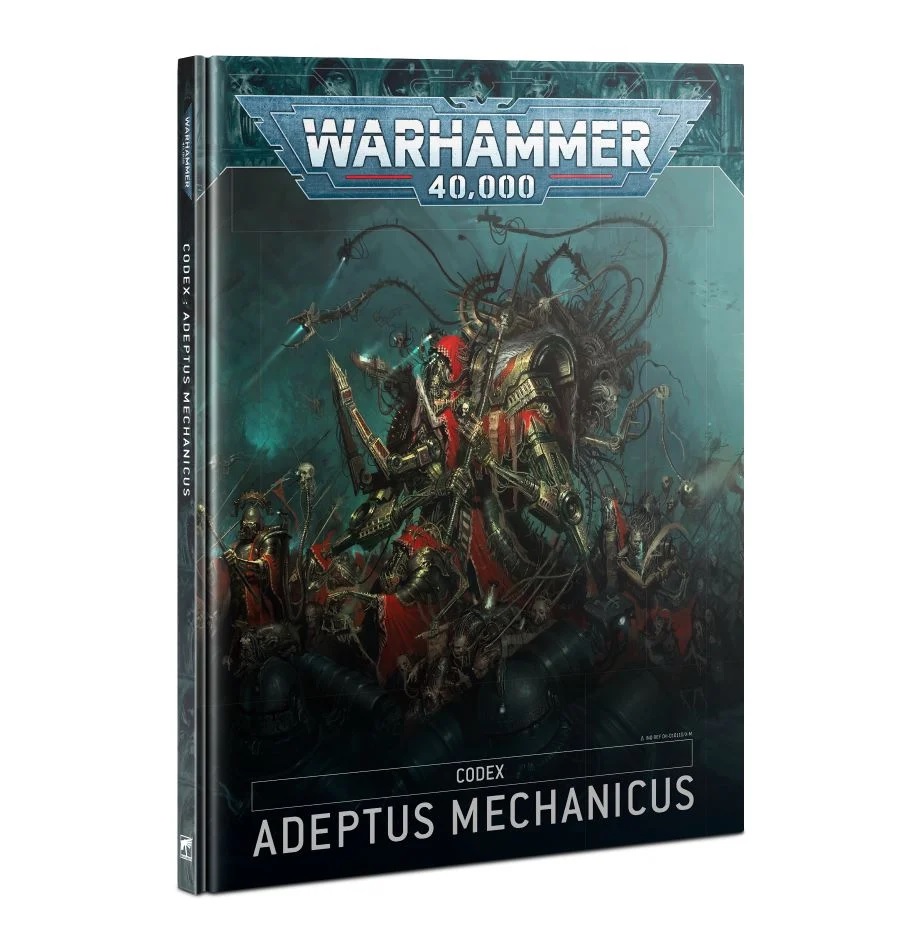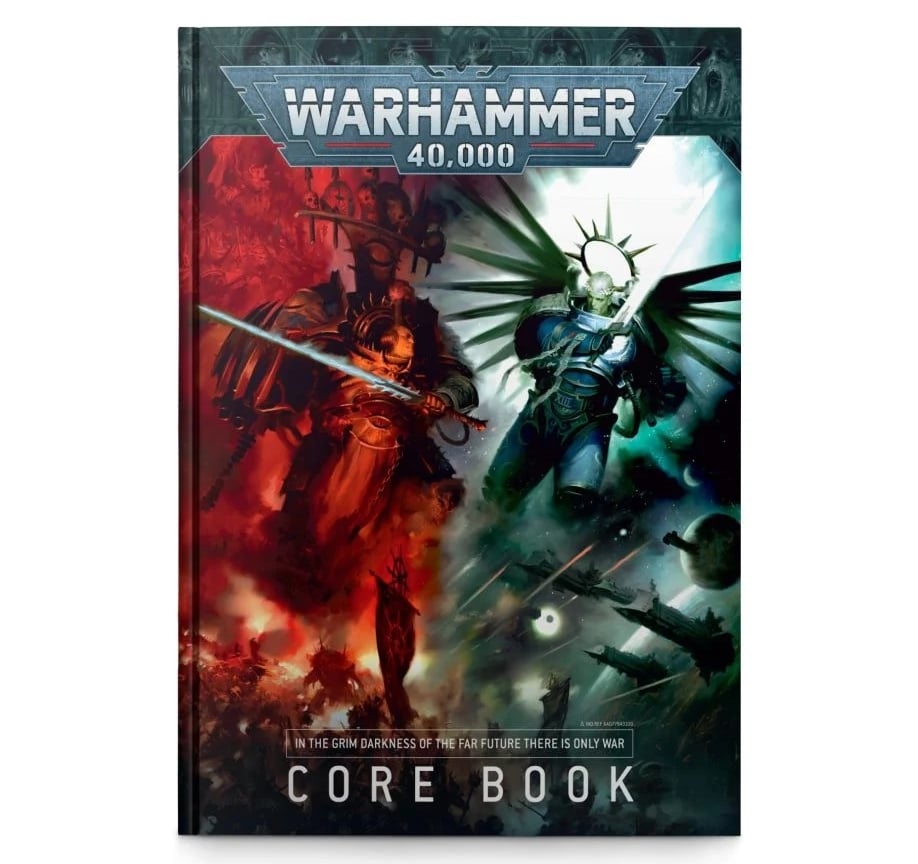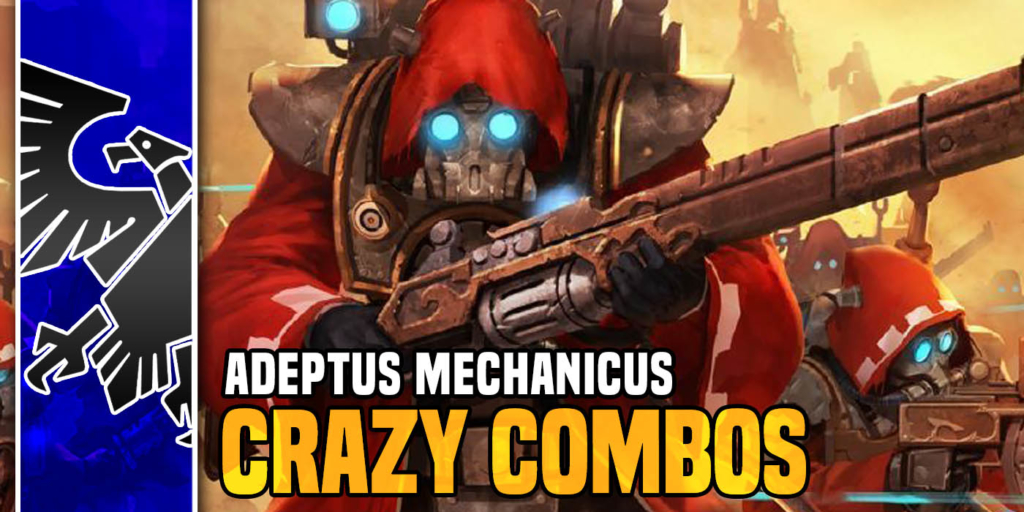Warhammer 40K: The Riddle of Complexity
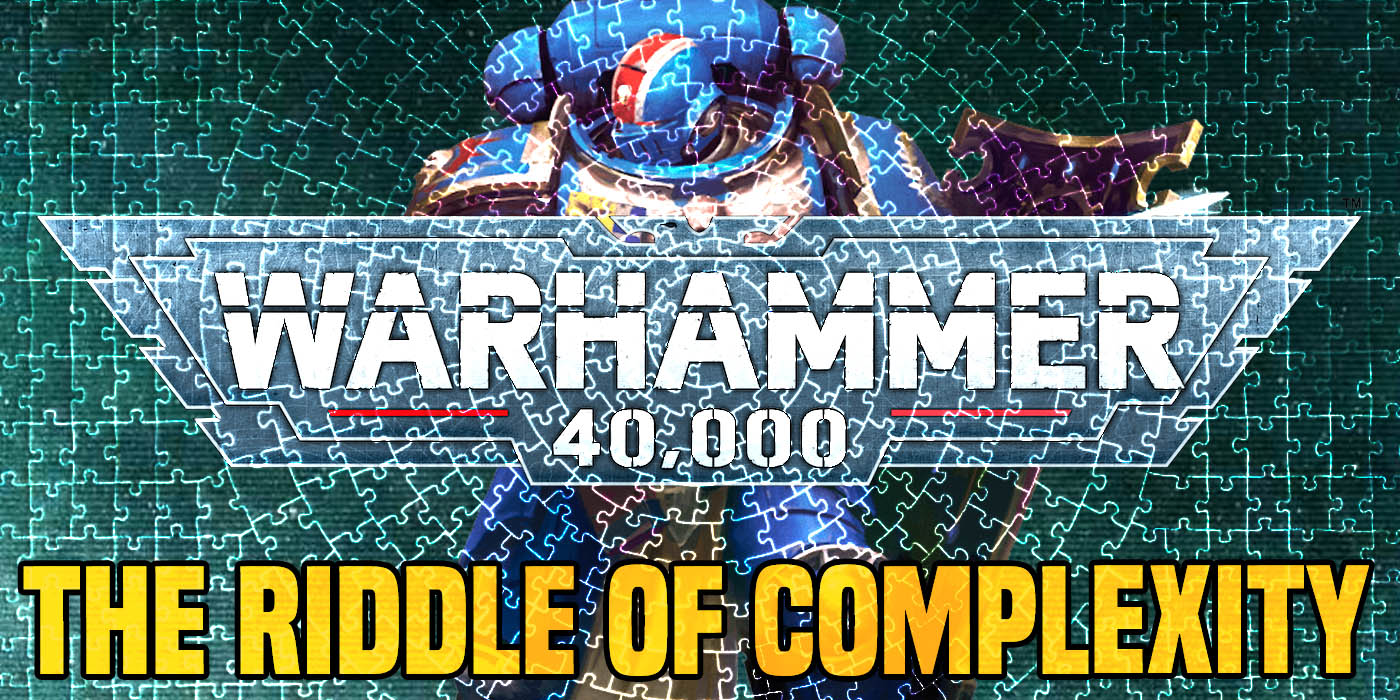

We all clamor for the most perfect rulesets for our beloved Warhammer 40K. But agreeing on exactly what that means is where things start to jump the tracks.
Today let’s talk about the complexity of rulesets, and take a bit of a walk down both the Grimdark’s past and the present. There is a lot of talk about what a “perfect ruleset” looks like and even within a single game we can often see different designer’s takes on the same subject matter.
Let’s break this subject down into the three broad categories of complexity levels, using just the last three incarnations of the Chaos Space Marines codex as (imperfect) examples.
Streamlined Rules
With these, the designer is purposely emphasizing speed of play, and efficiency of design. A certain degree of granularity and detail is purposely removed, and only differences of medium to major sizes would warrant specific rules. Pains are taken to test out the “little fiddly bits” that add complexity for its own sake, often to the detriment of play and the effect of game outcomes.
You could see this in the old 3rd Edition Mini Eldar Codex (as well as all the other of that set of quickly produced codices)
Middleground Rules
This concept sees the designer striking a middleground between the Streamlined and Detailed ruleset concepts. Minor differences in equipment and units will be represented by rules, but still the desire to remove “fiddly bits” rules that have very little impact on game outcomes remains. The general mantra is one of representing variety in the rules, but making sure it influences gameplay in a meaningful way.
This balanced approach can be seen in many of the most current earlier 8th Edition codices, take for example the initial 2017 Space Marine codex of that edition.
Detailed Rules
This concept sees the designer moving closer to a “simulation” model. The desire to model not only minor differences in units and equipment, but also subtle and complex interactions of equipment and actions are added in. Abstraction is avoided, and rule mechanics that give a more “detailed” result are desired, even if they affect game outcomes in a very minor way.
This approach can be seen in the semi-legendary 3.5 Edition Chaos Marine codex, and the Rube Goldberg brand new Adeptus Mechanicus 9th Edition Codex.
Fun and Examples
In theory, any of these can be designed to yield a fun game experience, and problems only arise when a set of armies for a single gamesystem has more than one of these approaches between them that have to play against each other. With the hyper-fast release schedule for 40K codexes (current events notwithstanding), we can see the ebb and flow of the GW Design Studio’s philosophy as it shifts from year to year.
The current codices coming out of the GW Design Studio seemed to be slowly increasing the complexity level from the previous streamlined approach (remember the 8th Index books) to a roughly Middleground Position. But the two most recent codices, Drukhari and Adeptus Mechanicus have sharply increased the complexity in short order. In an era of industry streamlining and shortening of games, a level of complexity that used to be the hallmark of games like Warmachine, seems to slowly but surely making its way into the Grimdark.
It will be up to the players to decide whether this is a good or bad thing.
~So at the end of the day my question to you is simple – What do you prefer and why? Where do want to see 40K go with complexity in the future?

